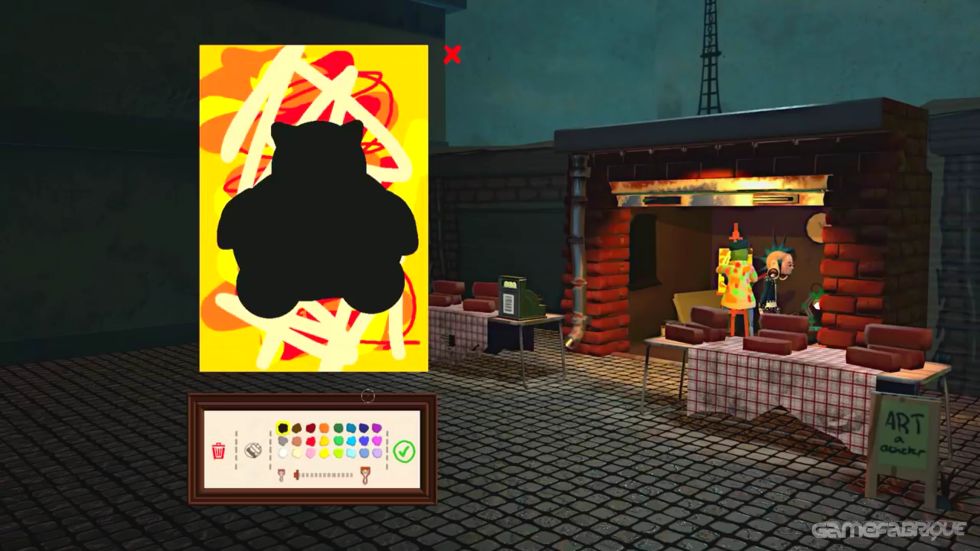

After one has completed the game, or perhaps partway through, a player may notice that certain things in the environments are shaped exactly as puzzles. The true genius of The Witness does not lie in its puzzles, though, as odd as it may sound. Once all the areas of the game are complete, the ending incorporates elements from every area in a true test of the player’s skill. Each area of the island The Witness is set on introduces a new mechanic that one uses to solve the puzzles in that area and oftentimes in other areas. Oftentimes, the tiles will involve special mechanics such as the path you draw being mirrored on the other side of the tile, or the requirement that you hit certain spots in the maze before tracing the path to the end. The Witness is a puzzle game about solving tiles which have variously complicated mazes on them. lucas pope return of the obra dinn game design mystery puzzle 2018 indie game

Both of these elements combine to form a truly intriguing game which sticks with the player long after its total runtime is over. The reversed structure adds another layer of investigation to the game you are not only discerning how the passengers died, but also what happened in the big picture to set these events in motion. One alse gets the sense that although those running the trade vessels were content to file people away into columns and rows, each passenger and crew member had their own will, their own life, and most importantly for you, their own motive to kill others. Through the pocketwatch and the notebook provided (which starts out with spare little other than a list of names) the plot slowly comes into focus. The primary gameplay loop is centered around using minor clues and on rare occasions spoken dialouge to identify the crew and passengers on the titular ship, as well as their “fates” - how they died or lived through the ship’s journey back to Great Britain.

In this way, the game is presented in reverse order, starting with the most recent events and working back to earlier ones found through additional corpses within “final moment” sections. What makes Obra Dinn unique is the mechanic through which the investigations are done: a magic pocketwatch which can be used on a corpse to turn back the hands of the clock and see the moments leading directly up to the deceased’s moment of death. You, an investigator, are tasked with putting together exactly what happened to the 60 passengers on the ship - only about 5 of which were discovered dead onboard. Return of the Obra Dinn is a murder-mystery styled game set on a trading ship in the industrial revolution era of Great Britain which has come back to port with not a soul alive on it. flamebait games passpartout game design 2017 art indie game sorry for a shorter post got this one out late By the end of the game, the money that Passpartout sells his paintings for feels earned these paintings are no longer the scribblings of a daydreamer, but the intricate patterns of a molded and shaped artist. This requires the player to not only learn to cater to a specific group, but also to refine their style as they go on and create more complex (or in the case of minimalists, less complex) paintings. This is complicated by the fact that Passpartout doesn’t really have an intensive system with which to create the art - its palette is very limited and you only have a few different paint tools at your disposal.Īs you go through the game, Passpartout’s clients play on iterations of similar art styles - if you please a lot of “hipster” critics, you get more “impressionist” critics later on. Therefore, the main mechanic of Passpartout is not a visible game system, but the user’s ability to emulate different art styles. Each time you complete an art piece, you may display it for sale to the passers-by, with specific types of people enjoying specific types of art. In Passpartout, you play as a fledgling artist (also named Passpartout) trying to make their way in Paris, France.


 0 kommentar(er)
0 kommentar(er)
